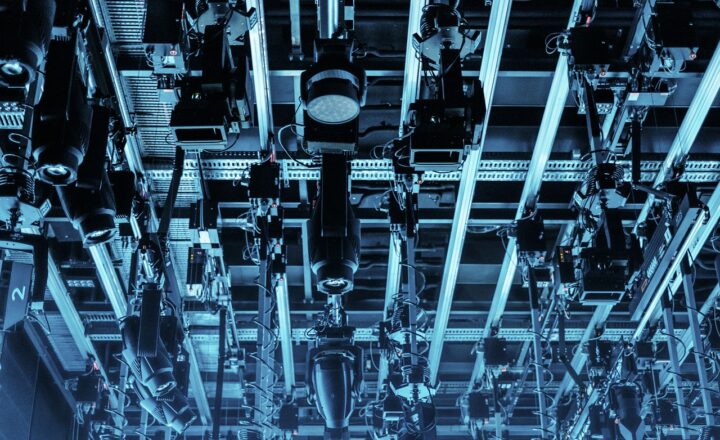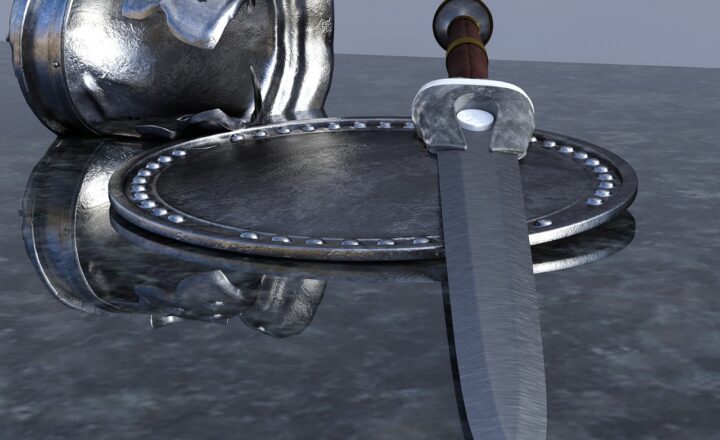The Mysteries of Military Aircraft Design and Why Stealth Matters in Warfare
November 11, 2024

Military aviation has come a long way since the first powered flight in the early 20th century, progressing through decades of innovation and experimentation. Today, the design of military aircraft is a complex interplay of aerodynamics, engineering, technology, and strategic military objectives. Among those objectives, stealth has emerged as a critical parameter in modern warfare, impacting aircraft design, tactics, and outcomes of conflicts. In this article, we delve into the intricacies of military aircraft design and explain why stealth is integral in contemporary military operations.
1. The Evolution of Military Aircraft Design
The design of military aircraft has transformed dramatically over the decades, driven by technological advancements and the evolving nature of warfare. Starting from the rudimentary biplanes used in World War I, military aircraft have evolved to include high-speed jets and stealth bombers. Each era’s military aircraft reflects the strategic needs of its time, from dogfighting to delivering complex munitions and beyond.
In World War II, speed and firepower were of utmost importance. Aircraft like the P-51 Mustang exhibited long ranges and high maneuverability, allowing them to dominate enemy airspaces.
As the Cold War ushered in an era of nuclear deterrence, air superiority demanded faster, higher-flying jets capable of evading enemy radar and defense systems. The design approach shifted towards incorporating new materials, advanced propulsion systems, and more efficient aerodynamics, paving the way for iconic aircraft like the F-14 Tomcat.
2. The Science of Stealth
Stealth technology aims to make military aircraft less visible to radar detection, infrared surveillance, and other detection methods, ultimately allowing them to complete missions with minimal risk of interception or engagement.
The science of stealth involves several key design principles:
- Shape and Design: The contours of a stealth aircraft are strategically designed to deflect radar waves away from the source. Common designs feature angular surfaces and irregular shapes to scatter radar signals, minimizing their visibility on enemy radar screens.
- Material Selection: Special radar-absorbing materials (RAM) are applied to the aircraft’s surface to absorb radar signals instead of reflecting them. These materials are critical in reducing the radar cross-section, making the aircraft harder to detect.
- Heat Signature Reduction: Advanced cooling systems and control of engine emissions help lower the infrared signature of stealth aircraft, making them less detectable by heat-seeking missiles and tracking systems.
The combination of these design principles allows stealth aircraft to carry out precision strikes and intelligence-gathering missions without drawing immediate attention from adversaries.
3. The Role of Stealth in Contemporary Warfare
Stealth technology plays a pivotal role in modern military operations, particularly with regards to strategic and tactical advantages in conflicts. Here’s how stealth shapes warfare:
- Surprise and Deception: Stealth aircraft are often used for surprise attacks, where the element of surprise can lead to significant tactical advantages. For instance, the ability of the B-2 Spirit to penetrate hostile airspace undetected allows it to deliver precision strikes on high-value targets without prior warning.
- Targeting and Precision Strikes: Stealth allows for operations at altitudes and within ranges that would otherwise be impossible due to enemy defenses. Aircraft like the F-35 Lightning II utilize advanced targeting systems, enabling them to engage targets with unparalleled accuracy while remaining concealed from enemy radar and aerial defenses.
- Survivability in Denied Environments: During conflicts with advanced anti-air capabilities, stealth is critical for mission success and aircraft survival. In environments dense with anti-air missiles and detection systems, stealth aircraft can significantly reduce the risks posed to personnel and assets, leading to a higher probability of mission success.
The success of a mission often hinges on the ability to engage discretely, making stealth a priority in military aircraft development.
4. Challenges in Stealth Design
While there are considerable advantages to stealth aircraft, their design comes with certain challenges and limitations:
- Cost and Resources: Developing stealth technology is costly. The advanced materials, specific manufacturing processes, and rigorous testing needed to ensure an aircraft remains stealthy and effective can add to development costs significantly.
- Maintenance Complexity: Stealth technology requires ongoing maintenance to ensure its effectiveness. Many stealth aircraft have specific protocols to uphold their radar-absorbing surfaces and ensure that all equipment functions optimally without compromising stealth capabilities.
- Counter-Stealth Technologies: As stealth technology evolves, so too do countermeasures developed by adversaries. Nations continuously invest in radar and tracking systems that can detect stealth aircraft, thus requiring stealth designs to remain ahead of technological advancements in detection methods.
5. The Future of Military Aircraft Design and Stealth Technology
As military conflict continues to evolve, the need for advanced stealth technology will likely persist. Future military aircraft designs will incorporate advancements in artificial intelligence, autonomous systems, and enhanced stealth features, reflecting the complex landscape of warfare.
Emerging technologies such as hypersonic flight systems and drone swarm tactics may redefine the traditional perceptions of stealth, allowing for increasingly innovative approaches to air combat and mission execution. The integration of drones with manned aircraft could create a more formidable strike force, where unmanned vehicles conduct reconnaissance and execute flanking attacks through evasion techniques or stealth technology.
Conclusion
Military aircraft design is both a science and an art, reflecting broader strategies in warfare as nations compete for air superiority. The emphasis on stealth capabilities showcases the pivotal role these technologies play in modern conflicts, allowing for effective mission execution with reduced risks to personnel and assets. As new challenges arise in the sphere of global warfare, continued innovations in design and stealth technology will remain critical in shaping the future landscape of military aviation.
Understanding the intricacies of military aircraft design and the necessity of stealth provides essential insight into how modern conflicts will be fought. As technological advancements continue to unfold, the outcome of air power and its strategic implications will become increasingly significant in determining victories on the battlefield.








